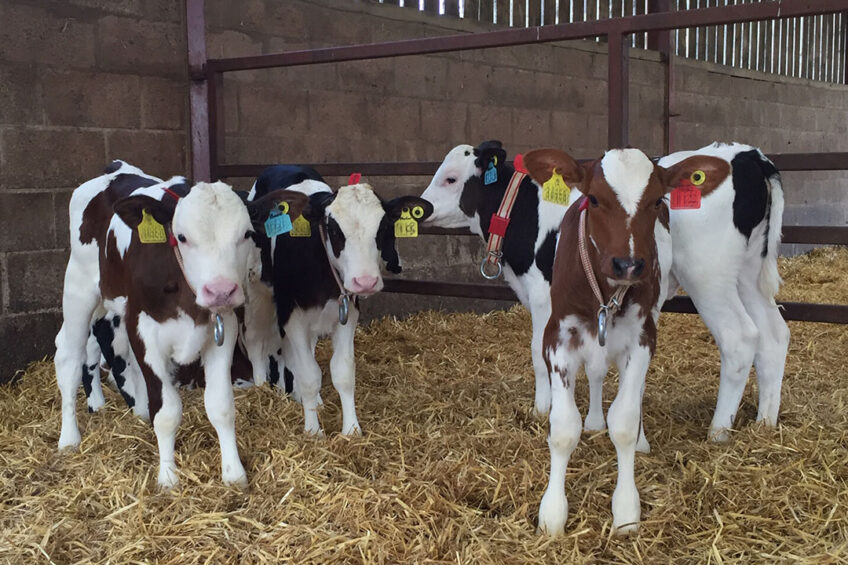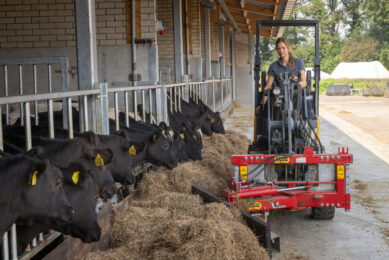Milk replacer origins important for UK dairy farmers

What is important for UK dairy farmers when buying milk replacer ingredients for their calves? A recent survey uncovered that UK dairy farmers want to know more about what they are feeding their dairy calves.
UK dairy farmers are becoming more discerning about the nutrition they buy for their calves and starting to question the origin of milk replacer ingredients, said a recent press release by Volac.
Herd Future survey
According to the 2021 Herd Futures survey, 47% of dairy units now firmly disagree with the view that when buying calf milk replacers all you need to know is the price per tonne and nutrient declaration on the bag label.
It’s clear that UK dairy farmers want more information about what they are feeding their calves and business sustainability issues are becoming important.
“It’s clear that UK dairy farmers want more information about what they are feeding their calves and business sustainability issues are becoming important,” said Volac’s Samantha Sampson at UK Dairy Day which took place on Wednesday 15 September 2021.
The survey findings also show farmers are keen to ‘buy British’ when it comes to investing in high quality young animal nutrition for the next generation of milking cows.
Made in Britain
“For example, the Herd Futures survey found more than 84% of UK dairy farmers agreeing with the statement, ‘feeding a calf milk replacer product made in Britain from milk produced on British farms is important for future farm business sustainability’,” she added. One approach to improve sustainability is to maximise the quality and use of proven home-grown ingredients. She explained that about 10% of the milk produced by the national herd is taken up by cheese manufacturers.
“Volac then buys back 1.1 billion litres a year of the whey co-product produced when cheese is made from British farmers’ milk, turning it into the valuable concentrated milk protein raw material ImunoPro that is used in the company’s calf milk formulas.
“Manufacturers[…] have to consider both the usefulness of any given ingredient for meeting the nutrition requirements of the calf efficiently – and also the environmental and social impact of producing it,” she added.
Join 13,000+ subscribers
Subscribe to our newsletter to stay updated about all the need-to-know content in the dairy sector, two times a week.










